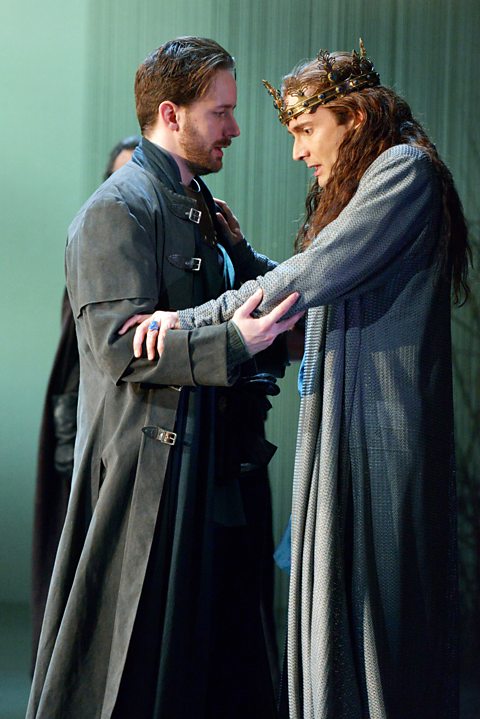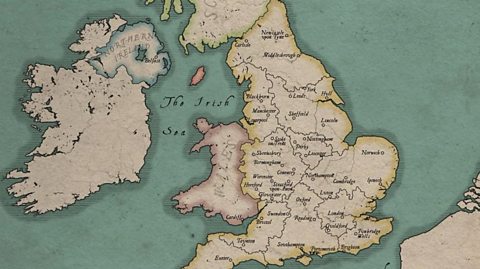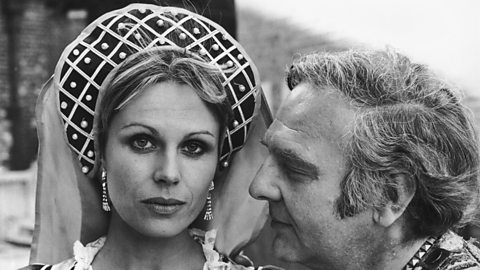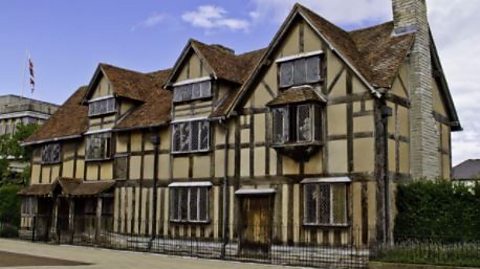Elizabethan blockbusters
Although Hamlet and Romeo and Juliet are now Shakespeare's most performed plays, that was not always the case.
Thanks to their heady mix of nationalism, soap opera and tabloid scandal, in his own time we think it was probably his history plays that packed playhouses.
We now believe Henry IV Pt. 1 was his most reprinted play in his day. By delving into the past, Shakespeare helped his audiences confront the issues of their time.
Shakespeare's history plays
Before embarking on Shakespeare's eight-play marathon, why not watch our three minute summary of his English history cycle?

England's identity crisis
In the 16th Century, the Reformation saw England cut adrift from Catholic Europe. Freed from the influence of Rome, the nation now had to define itself on its own terms β so it turned to the past to do it.
There was a renewed appetite for English history. But while scores of chronicles were written for the educated few, most Elizabethans were illiterate. They used other ways to learn their nationβs story.
Songs and shows
As they had done for centuries, in Shakespeare's day ordinary people used folk ballads to pass stories from one generation to the next, often mixing legend and myth with historical fact.
Another way of learning about the past was tourism. By the late 1500s, many people were queuing to take a tour of Westminster Abbey, a thriving Elizabethan tourist attraction. Visitors could look around the monuments and tombs of great monarchs, learning about their lives and deeds from tour guides.
But perhaps the most popular way to learn about history was at Londonβs public theatres, a new form of entertainment for the masses. Thanks to writers like Shakespeare and Christopher Marlowe, ordinary folk could see England's great monarchs brought to life on the stage. Actors entertained the crowds with a picture of England conjured from great events of the past.
History plays drew big audiences: itβs thought around 15,000 Londoners went to the theatre every week in the 1590s. They also gave playwrights ammunition against Puritan critics, who viewed the crowded public playhouses as hotbeds of vice and debauchery. History plays, dramatists argued, were not only entertaining the groundlings - they were educating them too.

CLICK: Not for an age, but for all time
Click or tap below to uncover what Shakespeare's history plays have in common with todayβs blockbusters from the big and small screen.
Learn more about this topic:
Where did Shakespeare go on tour? document
An interactive map showing where Shakespeare and his acting troupe β The Kingβs Men β went on tour in England.

How did people really speak in Shakespearean England? document
A look at Shakespeareβs plays and how well they can be said to represent the Elizabethan language.

William Shakespeare: The life and legacy of Englandβs bard. document
A timeline of Shakespeare's life. Much about the playwright is a mystery - Historians donβt know his date of birth, where he was educated or how he spent seven years of his life.
